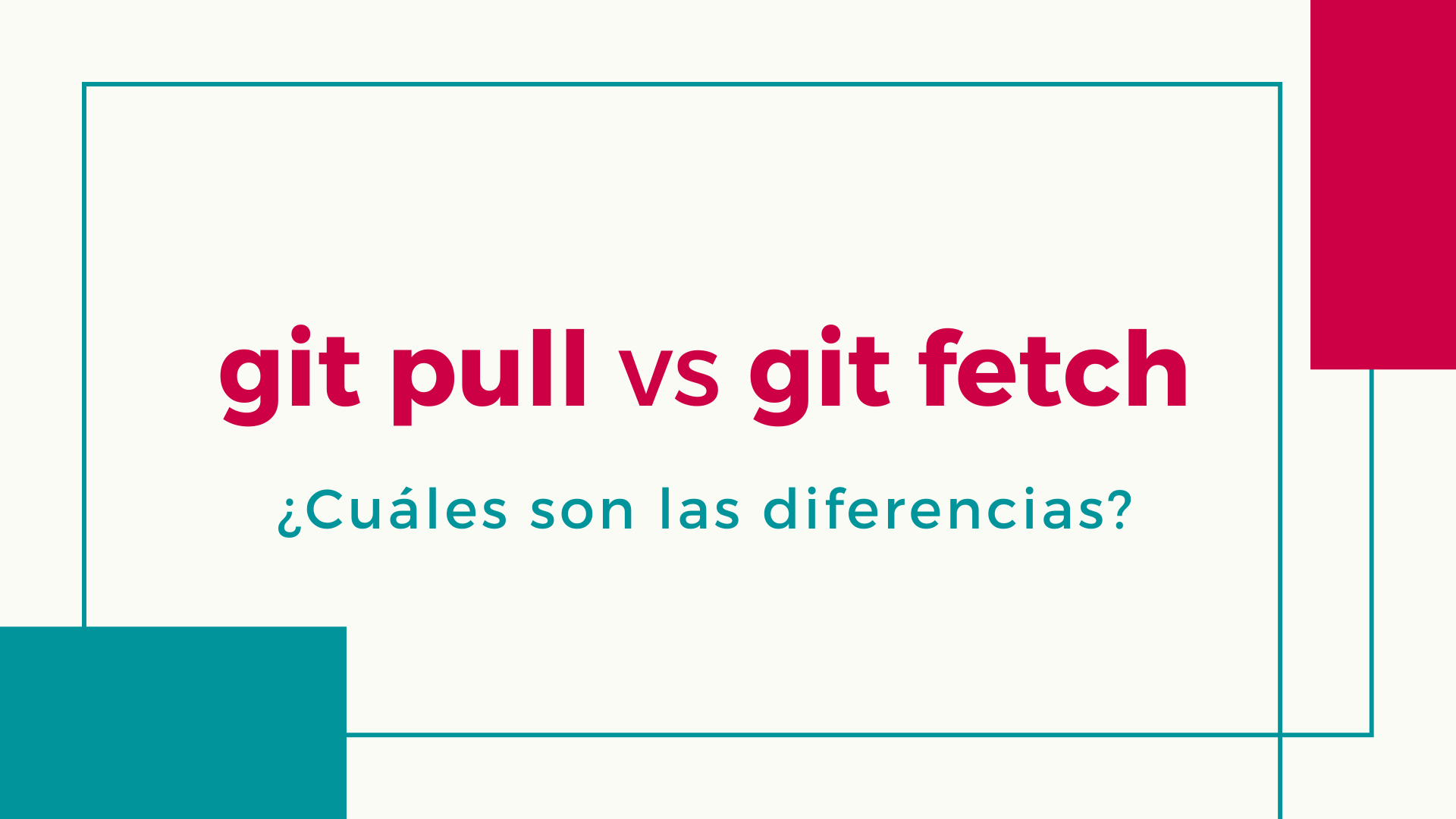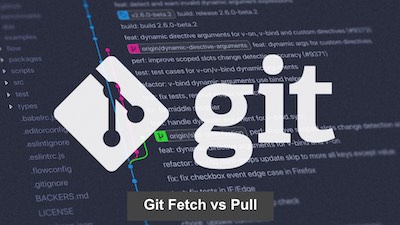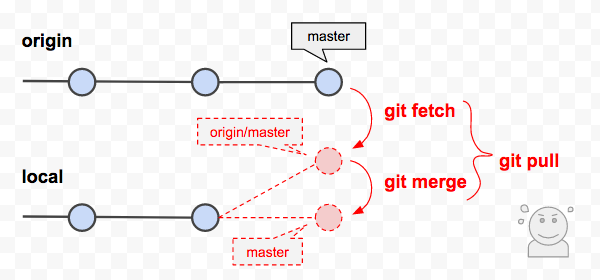

- Git pull vs fetch update#
- Git pull vs fetch software#
- Git pull vs fetch download#
- Git pull vs fetch free#
- Git pull vs fetch mac#
The fetch command retrieves new objects and references from another repository. We will discuss fetch, push, and pull in more detail in this video. The push command adds new objects and references to the remote repository. The pull command combines a fetch and a merge. The fetch command retrieves the latest objects and references from the remote repository. By this point, you have quite a bit of experience using clone. The clone command copies a remote repository and creates a local repository. We discuss the details elsewhere, but we will describe them here briefly. However, these four commands, which we will call network commands, communicate with the remote repository. Most commands in Git only interact with the local repository. We will start with a network command overview. This video discusses the fetch, pull, and push commands. It will probably take you about 5-10 hours to go through one of the two paths, but your mileage may vary. This course tries to be as concise as possible. However, most of the knowledge that you gain in this course applies to Git itself, and you can apply this knowledge to other hosted Git providers (such as GitHub).
Git pull vs fetch free#
Bitbucket is free for teams of up to 5 people, including private repositories. This course uses Bitbucket () as the hosted provider for remote Git repositories. If you use the command line path through the course, you can also use Linux.
Git pull vs fetch mac#
You can watch the videos and take the quizzes from your phone if you want, but the hands-on labs require you to have a Windows or Mac computer. Besides, repetition is good for learning :) Eventually, you might want to go through both paths, so that you can decide which tool to use for specific tasks. If you are not experienced with a command line, we highly suggest that you go through the Sourcetree path. One path assumes that you have experience using a command line interface, and the other path uses the Sourcetree graphical client. This is especially true if you currently "know just enough Git to be dangerous". This course assumes no previous knowledge of Git, but if you do have experience with it, you may find this course to be both useful and challenging. In this course, you will not learn everything there is to know about Git, but you will build a strong conceptual understanding of the technology, and afterward will be able to confidently dig deeper on any topic that interests you. You could also use Git to manage the many continuously improving revisions of that book that you are writing. It is a core component of DevOps, continuous delivery pipelines and cloud-native computing. It is used by most major technology companies, and is assumed knowledge for many modern programming and IT jobs. This allows the team to continuously improve its product. Git manages team files for large and small projects.
Git pull vs fetch software#
Git is open source software originally created by Linus Torvalds. Please like the post if you loved it and please let me know if you have any question in comments.The Version Control with Git course provides you with a solid, hands-on foundation for understanding the Git version control system. That's all folks, Hope you got the idea regarding Git pull vs fetch.
Git pull vs fetch download#
Git pull is the more aggressive alternative it will download the remote content for the active local branch and immediately execute git merge to create a merge commit for the new remote content. Fetching is what you do when you want to see what everybody else has been working on.
Git pull vs fetch update#
Now let’s understand with some diagram so probably you will never forgot the difference :)Īs per the above diagram The git fetch command downloads commits, files, and refs from a remote repository into your local repo but not update your local repo's working state. So, Now question arise what’s the difference between Git pull vs fetch. then you have basically a 2 options one is git pull and another one is git fetch.

If there were some changes recently made to your remote repository and you want to incorporate them into your local copy. So here today I wanted to share basic understanding of the git two commands.

As we all know that git commands become mandatory if you are software developer.


 0 kommentar(er)
0 kommentar(er)
